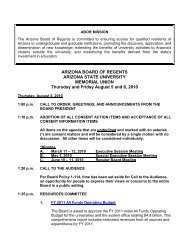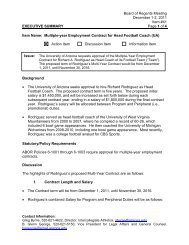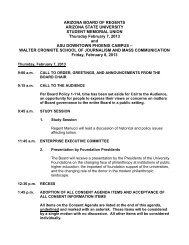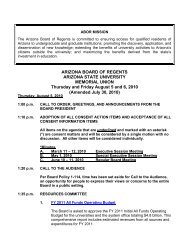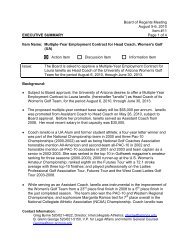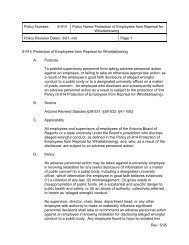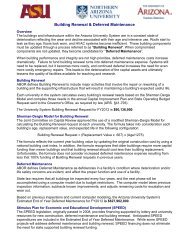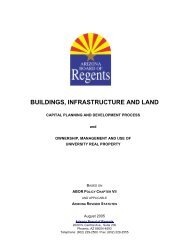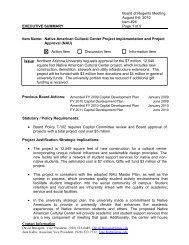ITQ 2009-2010 Continuation For Funding Period July 1, 2009-June ...
ITQ 2009-2010 Continuation For Funding Period July 1, 2009-June ...
ITQ 2009-2010 Continuation For Funding Period July 1, 2009-June ...
Create successful ePaper yourself
Turn your PDF publications into a flip-book with our unique Google optimized e-Paper software.
Describe how you intend to build on the successful strategies and/or lessons learned in yourproject to date. Clearly describe any changes you intend to make to the project design, scope, orparticipants in the upcoming project year, and explain the rationale for these changes.NOTE: <strong>Continuation</strong> projects may continue working with their existing LEA partners. However,any new partnerships must be with LEAs from the High-Priority LEAs List.Using a chart like the one below, outline the major project milestones, performance measures orbenchmarks planned for <strong>July</strong> 1, <strong>2009</strong>-<strong>June</strong> 30, <strong>2010</strong>; an estimated target date; and the person(s)who will be primarily responsible for the activity’s accomplishment.Key Milestone/BenchmarkTarget DateResponsiblePerson(s):4. Intended Outcomes:Clearly and directly cite three to five specific changes or outcomes that you intend to achieve throughyour project. These will be your key “success indicators” that reflect the major areas of impact for yourproject and that will serve as the basis for your project activities and evaluation.These intended outcomes should be related directly to the overall <strong>ITQ</strong> goals; that is, the degree towhich teachers are helped to progress toward “highly qualified” status.<strong>For</strong> each intended outcome, be clear in stating the starting point or baseline measure as well as thedegree or scope of change you are targeting.Example: 85% of the 24 middle-school math teachers in this project will pass their AEPAon their first attempt, compared with the current first-time pass rate of 55%.Example: 10 additional teachers will achieve highly qualified status, reducing the number ofnon-HQT-taught classrooms at participating LEAs from 24 to 14.5. LEA Partnerships:Describe your planned partnerships with participating LEAs. What is your strategy fordetermining which LEAs you will work with? What is your strategy for expanding your programto new LEAs from the “High-Priority LEAs List”? Are these partnerships already in place? If not,how will you reach out, recruit, and engage your LEA partners?Federal statutes require that private schools within the geographic boundaries of participatingLEAs be offered the chance to participate in the <strong>ITQ</strong> professional development activities. Pleasedescribe your efforts (or planned efforts) to include private schools.



